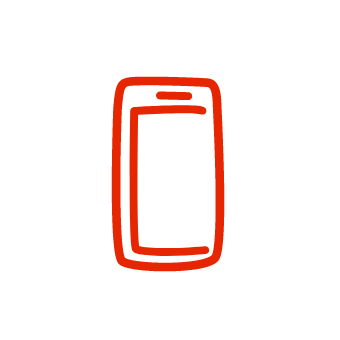Medicaid
Walgreens accepts all Ohio Medicaid plans
Effective October 1, 2022, all Ohio Medicaid members are able to fill prescriptions at Walgreens. To get your prescriptions filled at Walgreens, transfer your prescription now or visit your nearest Walgreens pharmacy.
Walgreens accepts Medi-Cal Rx in California
Effective Jan. 1, 2022, all Medi-Cal Rx members are able to fill prescriptions at Walgreens. To get your prescriptions filled at Walgreens, transfer your prescription now or visit your nearest Walgreens pharamacy.
Walgreens welcomes all New York Medicaid members.
Effective April 1, 2023 all New York Medicaid members can fill prescriptions at Walgreens. To get your prescriptions filled at Walgreens, transfer your prescription now or visit your nearest Walgreens Pharmacy.
Introduction to Medicaid
What is Medicaid?
Medicaid is a government healthcare program that provides coverage to eligible low-income adults, children, pregnant women, seniors and people with disabilities.
Am I eligible for Medicaid?
You may qualify for Medicaid based on your state's requirements, income and family size. Contact your state Medicaid office or visit your state Medicaid website to see if you qualify.
What do I do if I lose coverage?
If you lose Medicaid coverage and don’t have a reasonable employer-provided option available, you may be eligible for subsidized Marketplace coverage. Depending on your income, you may even qualify for a zero-premium plan and / or cost-sharing subsidies. To learn more, visit the Marketplace Page.
We'll connect you with Medicaid
Any information you provide will be subject to their privacy and security policies.
* Plan participation can change. Not all plans may be available in your area. To verify Walgreens is in your plan's network, contact your plan or local pharmacy.





